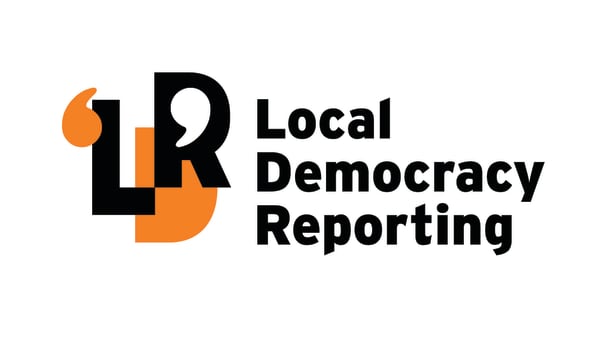Regional Development Minister Shane Jones says he will join the “shrill” voices of climate change, but only if “we’re doing practical things”.
Mr Jones made the comment during a speech at the dawn ceremony celebrating the Waipaoa River Flood Resilience Project yesterday.
The event took place on the western side of the stopbank alongside the Waipaoa River. Mayor Rehette Stoltz, members of Gisborne District Council (GDC), contractors, and members of Rongowhakaata Iwi Trust were among those who attended.
It marked the completion of the first stage of the Waipaoa project, with 25 kilometres of stopbanks widened by four metres in some areas, and other areas increased in height by up to 2m.
This part of the work aims to protect the eastern side of the river between Gisborne city and Poverty Bay, taking into account climate change effects out to 2090.
“Please have confidence we’re going to continue in this direction,” Mr Jones said at the ceremony.
“We’re going to protect ourselves from excesses in the weather.
“I’m a politician who has eschewed joining the voices — far too shrill for my liking — about climate change, unless we’re doing practical things,” he said.
Mayor Stoltz said Kānoa (Regional Economic Development and Investment Unit) provided an additional $7.5 million to speed up what they were doing in the region’s 10-year plan.
“We started that work in 2019, but quickly realised that climate change was catching up with us, and we had to build our stopbanks even higher and wider.”
The work stopped one week before Cyclone Gabrielle swept through the area causing widespread destruction in February last year.
“It wasn’t even properly grassed up. But we still saved hundreds of homes in Gisborne and thousands of hectares of fertile land,” said the Mayor.
It is estimated about 50cm to 1m-deep water would have flowed towards the city if the increased stopbanks hadn’t been there, a Gisborne council statement said.
“It protected a reported 10,000 people and $7 billion of assets, including major transport links,” Mr Jones said in a statement.
Rongowhakaata Iwi Trust chair Staci Hare said it was important to bring together resources.
“In this country, we need to ensure that we’ve got the supply for our poi (Earth) 100 years from now.
“We need to start thinking more about the diversification of the different industries in our region.”
She mentioned the need for partnership to create large commercial-scale native nursery operations.
“As you can see there are no trees,” she said.
When asked about future projects for Gisborne, Mr Jones told LDR that flood protection was a priority for him and Infrastructure Minister Chris Bishop.
Kānoa was drawing up some proposals based on the deluge report (Before the Deluge, written following Cyclones Hale and Gabrielle), but he said he did not want the projects to become “ensnared in long resource management consent processes”.
“We want to focus initially on those initiatives that the contractors can start work on ASAP.
“Obviously the fast-track process was promoted by New Zealand First as a pragmatic response to statutory constipation,” he said.
“We need emergency powers. And that’s something that I’m really keen to see developed through the reform of the resource management legislation.”
He said he was involved in the 1988-89 writing of the original Resource Management Act.
“But nowadays, with the climate volatility, we need emergency powers that override business as usual,” he said.
The Government’s Fast-track Approvals Bill has drawn criticism for bypassing environmental protections and iwi voices.
“My message to both of those constituencies is that there are trade- offs,” Mr Jones said.
“If we want to boost our economy, if we want to generate the necessary revenue, we need to modernise our infrastructure.”
As a means of environmental protection, he raised the possibility of translocating species.
“If we do disturb one part of the environment, we can ensure that in other parts of the environment we’ve mitigated that effect,” Mr Jones said.
What's next for the Waipaoa Flood Control Scheme?
Gisborne District Council says the Waipaoa project improves on the Waipaoa Flood Control Scheme, which is 64km of stopbanks, protection works and river control structures along the Waipaoa River.
The flood control scheme protects Gisborne City and the Poverty Bay floodplains and was built between 1953 and 1967.
Mayor Stoltz said in a statement, "Work (will) continue upstream of Patutahi, with 22 km of stopbanks to be progressively upgraded to a higher level of flood protection".
GDC has said the focus of the project is now on the western side, where 18km of stopbanks by the Patutahi township have already been completed.






